Deportation of Meskhetian Turks, Kurds, Hemshins, Lazes, and other peoples from Southern Georgia in 1944
1944 deportation of Meskhetian Turks, Kurds, Hemshins, Lazes, and other ethnic groups from Southern Georgia by the Stalinist regime.
Encyclopedia
The deportation of the Balkars in March 1944 was a tragic continuation of the imperial policy of mass expulsions from the Caucasus. Around 37,000 people were forcibly removed from their homeland and sent to Kazakhstan, Kyrgyzstan, and Siberia on charges of treason and collaboration with the Nazis. In reality, the deportation reflected the logic of the Stalinist regime, which treated ethnicity as a basis for collective responsibility. It was one of many operations carried out by the Soviet authorities aimed at “cleansing” border regions of so-called “unreliable” peoples.
Project Erased histories is supported by the European Union under the House of Europe programme.
The Balkars are a Turkic people of the North Caucasus, closely related to the Karachays. Their traditional homeland lies in the highlands of the Central Caucasus, primarily in what is now the Kabardino-Balkarian Republic of the Russian Federation.
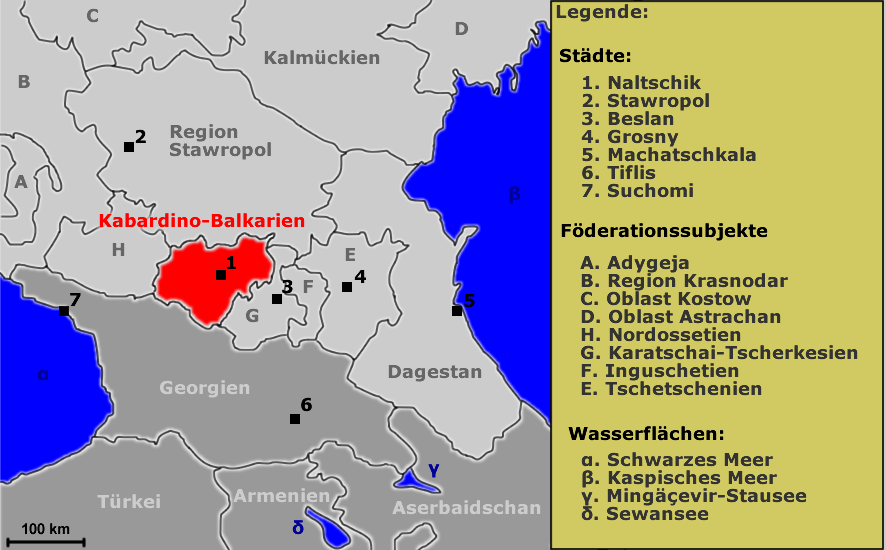
Kabardino-Balkaria, northern Caucasus and surrounding region (political); German
Over the centuries, the Balkars were gradually ousted from the plains and eventually settled in the alpine meadows and mountain valleys beneath the glaciers of Mount Elbrus. By the 20th century, around 87% of the population lived in rural areas. Their traditional economy was based on animal husbandry, particularly the breeding of sheep, goats, cattle, horses, and donkeys.
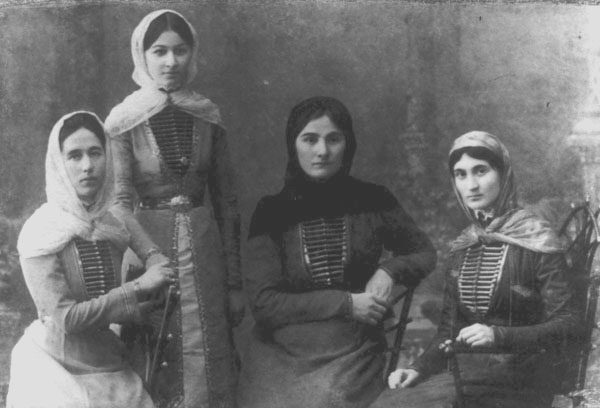
Balkar women in national costumes (early 20th century)
The deportation of the Balkars in March 1944 continued the practice of forced resettlement first implemented by the Russian Empire in the 19th century. During and before the Caucasian War, the tsarist administration employed scorched-earth tactics and mass deportations to deprive the local population of the means to resist.
In 1864, between 726,000 and 907,500 people were deported from the mountainous regions of the Caucasus to Turkey.[1] Russian troops devastated villages across the north-western Caucasus and along the Black Sea coast, resettling or annihilating entire tribes. Among the peoples who suffered mass deportations in the 19th century were the Circassians (Adyghe), Ubykhs, Abkhazians, Ingush, Chechens, and other mountain peoples of the North Caucasus.
The expulsion of the Balkars, like that of other groups, served several purposes at once: to suppress potential resistance, to pre-empt real or imagined espionage, to replace “unreliable” populations with “more loyal” Russians, and to supply cheap labour for the development of the eastern regions of the USSR.
In a telegram to Stalin dated 24 February 1944, Lavrentiy Beria described the Balkars as a “dangerous” people, allegedly prone to mass collaboration with the Nazis, the formation of bandit groups in the Red Army’s rear, the disarmament of Soviet units, and the defection of local officials to these “gangs”. On the basis of a handful of desertion cases and armed incidents, the conclusion was drawn that the entire people bore collective guilt.
Beria requested Stalin’s permission to use troops and NKVD personnel to carry out the deportation of the Balkars. He even proposed the timing of the operation — before 15–20 March 1944, while the forests remained bare, in order to minimise the risk of resistance. The telegram also included demographic data: 40,900 Balkars living compactly in four mountainous districts. It stressed the “value” of these territories — more than 300,000 hectares of pastures, hayfields, and forests — which were clearly intended to be handed over to others. Beria concluded by writing that, with Stalin’s approval, he was ready to “organise the necessary measures on the spot” for the deportation.[3]
NKVD Order No. 00186с/с of 28 February 1944 set out the full plan for the deportation of the Balkars from the Kabardino-Balkarian Autonomous Soviet Socialist Republic. Command of the operation was assigned to Major General Piyashev, and the territory was divided into five operational sectors. The operation involved 17,000 military personnel and 4,000 NKVD–NKGB operatives.
The order detailed the logistics of the eviction, including security and escort arrangements, transport, communications, and supplies. It also stipulated that “anti-Soviet elements” were to be arrested simultaneously with the deportation. The start of the operation was scheduled for 10 March 1944.[4] However, the operation was carried out on 8 March 1944: armed soldiers came to each house, gave a few minutes to pack and took entire families away. Eyewitness accounts mention the same detail: they were allowed to take only the bare necessities, a little food and clothing.
People were loaded onto trucks and sent to the station in Nalchik, where trains were already waiting. According to eyewitness accounts, they were not equipped for transporting people, “There was no light or heat in the cattle cars. There was only a pipe in the corner that served as a toilet.”
There were 14 trains in total, heading for stations on the Orenburg (9 trains) and Tashkent (5 trains) railways. The total number of deported Balkars was 37,714, of whom 5,446 were sent to the Frunze region, 2,702 to the Issyk-Kul region, 2,742 to the Semipalatinsk region, 5,541 to the Alma-Ata region, to South Kazakhstan — 5,278, to Omsk — 5,521, to Jalal-Abad — 2,650, to Pavlodar — 2,614, to Akmola — 5,219, etc.[5]
Eyewitness Aslan recalled that his family could have stayed because of his mother’s Kabardian origin, but his grandmother could not leave her husband and children. “My uncle died on the way, as did my cousin. Their bodies were simply thrown out of the carriage,” she said. “There were a lot of bodies thrown out along the railway line”.[6]
People were allowed out of the carriages only once a day, under guard, to relieve themselves. The mortality rate during transport was extremely high — documents show that between a third and a half of the Balkars died on the way and in the special settlements.[7]
Eyewitness Boris Ulakov recounted, “Four Soviet soldiers were assigned to each family. These soldiers entered the houses, looking for gifts and valuables. Each soldier took what he liked: some chose fabric, some — leather, some — clothing. My older brother, who was seven years old, took some fabric and hid under the table with it. As it turned out, that was the only thing we were allowed to take with us on the train. No food, no clothes except what we were wearing, and four roubles.
Everyone on the train was moaning and crying. Most of the passengers were mothers, grandmothers and children. Grandfathers and many fathers were fighting in the Great Patriotic War (a Soviet propaganda name for the Eastern Front during the Second World War — ed.). When the soldiers gave the signal, everyone was forced to get off the train once a day to drink tea and eat some liquid food, as well as to relieve themselves. When someone died on the train, we were not allowed to bury them. The carriages had no windows and were very dark. We could only see through the broken parts on the sides of the carriages. Sometimes the soldiers opened the doors to ventilate the carriages, but they stood at the doors with rifles. People knew absolutely nothing about what was happening. We were told that the Germans were behind it, that we were being punished for the Balkars helping the Germans, but that was not true.”[8]
A total of about 37,700 people were deported. According to official data, 14 echelons took them to Kazakhstan and Kyrgyzstan, and about 5,500 to Siberia.
All those who were resettled were doomed to forced labour: some ended up on collective and state farms, others in coal mines, logging or construction. The Balkars, who traditionally engaged in cattle breeding and agriculture, were forced to perform unfamiliar and exhausting work.
The conditions were unbearable. People were housed in barracks, cowsheds, and in some cases even in tents or dugouts. The lack of food and warm clothing led to widespread starvation and death.
Eyewitnesses recall being forced to eat roots and the remains of harvested crops they managed to find. One recollection noted: “Almost no preparations were made for the arrival of the settlers, and most were forced to live in barracks near factories, in dugouts, or in primitive clay huts… Yet many of the deportees who were sent to Kazakhstan or Siberia were well received by the local population. In Siberia, many residents were themselves deportees, kulaks, and political prisoners from the 1920s and 1930s, and they quickly offered their help”[9]. However, the NKVD severely punished Kazakhs for helping the Balkars.
In special settlements, migrants had to register with the commandant’s office twice a month. Without special permission, it was forbidden to leave the settlement, and any attempt to escape was punishable by up to 25 years in the camps.
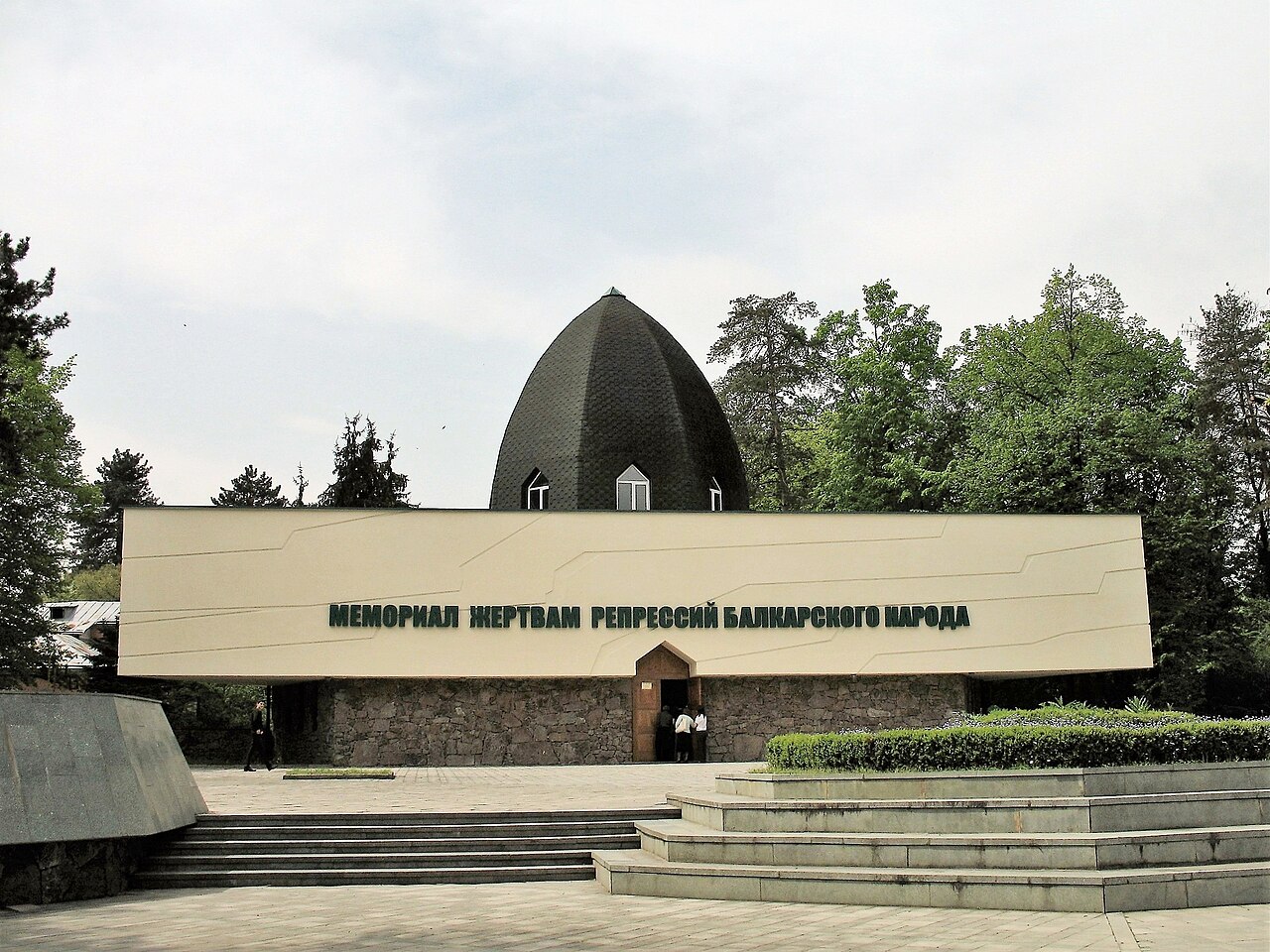
Victims of Deportation Memorial, Nalchik, KBR, Russia
The deportation of the Balkars in 1944 was a striking example of the Soviet authorities’ use of forced resettlement as a means of controlling the Caucasus. The loss of their homeland, high mortality rates during the journey, and the harsh conditions in the special settlements had long-lasting consequences for the lives of the Balkar people, which are still felt today.

1944 deportation of Meskhetian Turks, Kurds, Hemshins, Lazes, and other ethnic groups from Southern Georgia by the Stalinist regime.
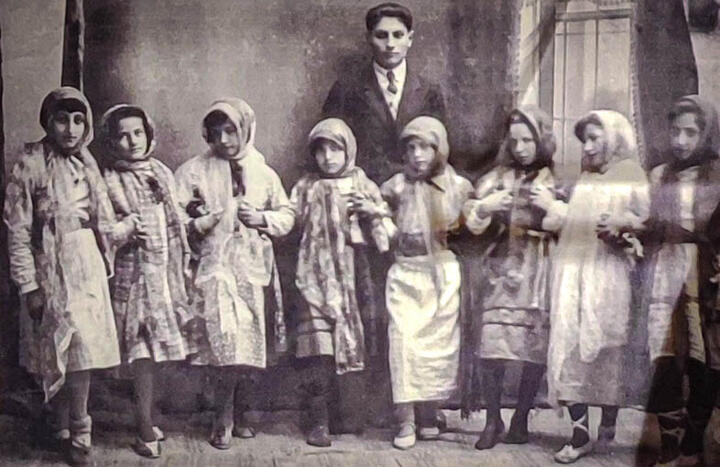
This article examines the history of Armenians in Crimea and the tragic deportations they faced, focusing on the mass resettlements of 1778 and 1944, their causes, conditions, and consequences.
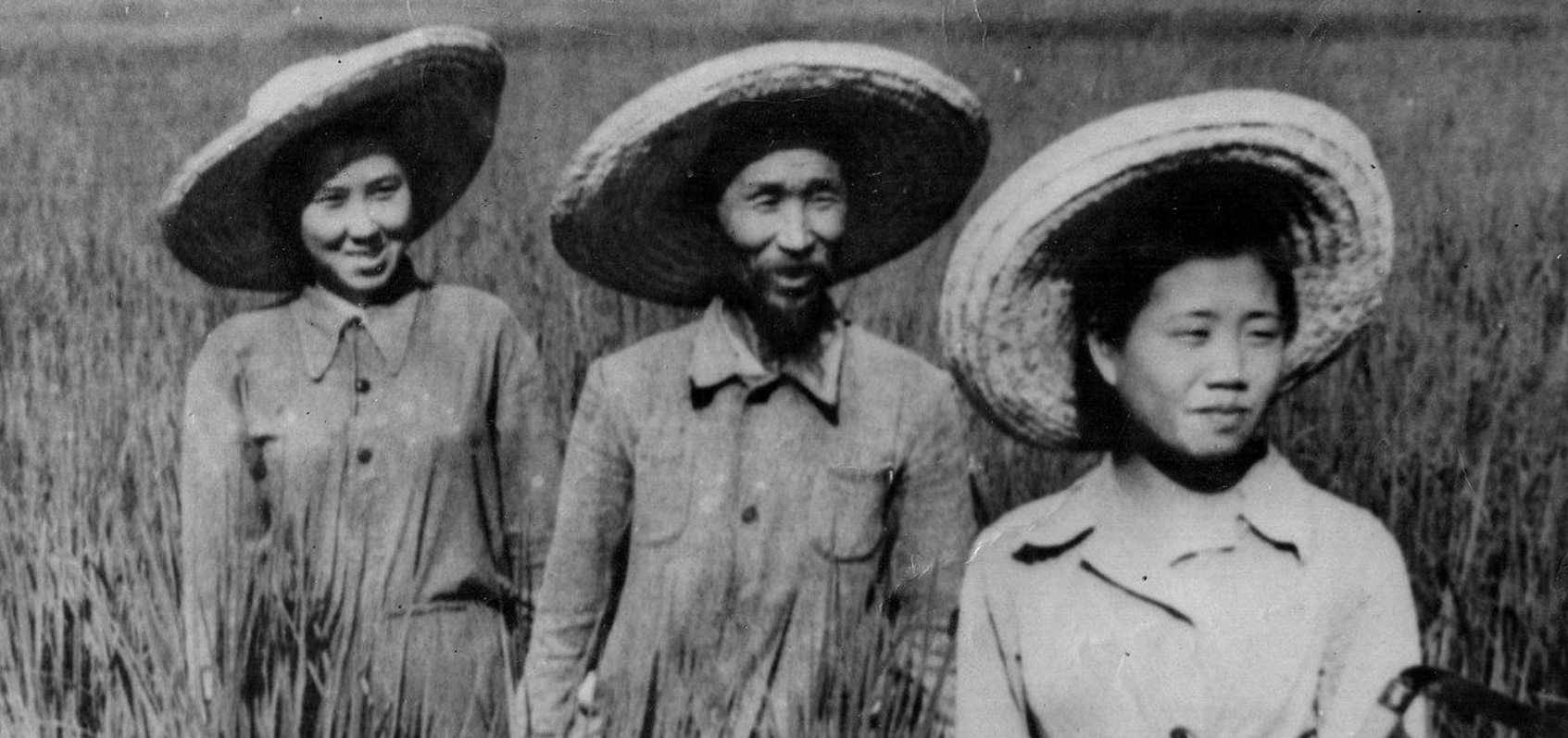
The 1937 deportation of around 173,000 ethnic Koreans from the Soviet Far East to Kazakhstan and Uzbekistan — its causes, forced relocation, and tragic consequences.
and we will send you the latest news